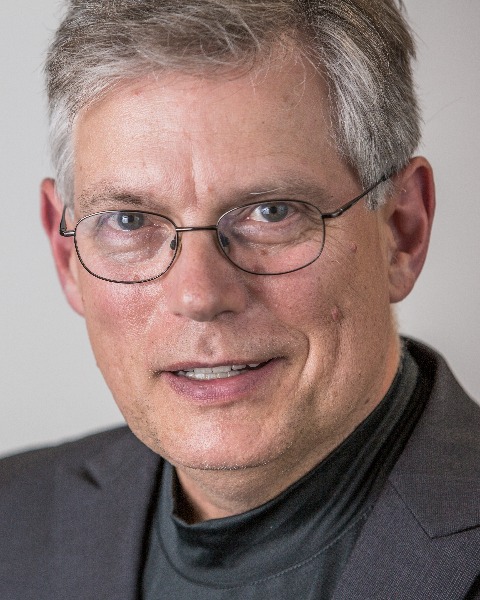Breathing, Smiling & Chewing in the Restorative Practice Part 4
Saturday, June 17, 2023
2:45 PM - 4:15 PM PST
Location: Room 4C3-C4
CE Credits: 1.5
Primary Audience(s): Dentist
Additional Audience(s): Hygienist, EFDA/Dental Assistant, Front Office, Lab Tech
Additional Audience(s): Hygienist, EFDA/Dental Assistant, Front Office, Lab Tech
This all-day, four-part course (Parts 1-4) includes information on airway, esthetics, bruxism, GERD, occlusion, appliances and TMD in the restorative practice.
Today’s restorative dentist must be a diagnostician not only of the masticatory system but also of the systems that impact it. As our knowledge of systemic involvements broadens, the connection between airway, breathing, bruxism, and reflux is becoming clearer. Whether or not the dentist chooses to be involved in the treatment of airway and breathing issues, parafunctional issues, gastrointestinal issues or temporo-mandibular disorders, he or she must recognize the effect of these on the restorative dentistry being recommended and completed on a daily basis. We used to be able to limit our activity, and our understanding, to the interaction of the teeth against each other, the occlusion. Those days are departing us quickly. This is not to imply that occlusion is not important, it is VERY important. The impact of our ability to manage the occlusion can be a primary driver of the stability created by the interdisciplinary treatment. This program will help the clinician evaluate the involvement of occlusion in the etiology of the problems presented by the patient and decide when it is something that should be changed. We will also consider how best to plan for and try out those changes.
• Airway and why it’s a dental problem – the TRIAD of Apnea / GERD / Bruxism
• Esthetics – determining where teeth belong
• Testing the involvement of the occlusion with appliances
• Planning an occlusion when its impact is profound, and when it’s not
Predictable dentistry is a combination of excellent diagnosis, a clear vision of an outcome that satisfies the requirements of the patient and the dentist, exceptional clinical expertise to deliver the best stuff to the lab, and a technician who can deliver the best stuff to you. When the wheels are all turning together it’s a thing of beauty and joy for everyone involved.
Today’s restorative dentist must be a diagnostician not only of the masticatory system but also of the systems that impact it. As our knowledge of systemic involvements broadens, the connection between airway, breathing, bruxism, and reflux is becoming clearer. Whether or not the dentist chooses to be involved in the treatment of airway and breathing issues, parafunctional issues, gastrointestinal issues or temporo-mandibular disorders, he or she must recognize the effect of these on the restorative dentistry being recommended and completed on a daily basis. We used to be able to limit our activity, and our understanding, to the interaction of the teeth against each other, the occlusion. Those days are departing us quickly. This is not to imply that occlusion is not important, it is VERY important. The impact of our ability to manage the occlusion can be a primary driver of the stability created by the interdisciplinary treatment. This program will help the clinician evaluate the involvement of occlusion in the etiology of the problems presented by the patient and decide when it is something that should be changed. We will also consider how best to plan for and try out those changes.
• Airway and why it’s a dental problem – the TRIAD of Apnea / GERD / Bruxism
• Esthetics – determining where teeth belong
• Testing the involvement of the occlusion with appliances
• Planning an occlusion when its impact is profound, and when it’s not
Predictable dentistry is a combination of excellent diagnosis, a clear vision of an outcome that satisfies the requirements of the patient and the dentist, exceptional clinical expertise to deliver the best stuff to the lab, and a technician who can deliver the best stuff to you. When the wheels are all turning together it’s a thing of beauty and joy for everyone involved.
Learning Objectives:
- The importance of the airway in development, sleep, TMD, and bruxism.
- Simple evaluation techniques for airway every dentist should add to his or her examination process.
- Using facially generated treatment planning to visualize an esthetic outcome as step 1 in diagnosis and treatment planning.
- Analyzing and planning an occlusion for healthy, predictable, long-term function.
- Preparing teeth and communicating with the technician the outcome you saw before you began.

.png)
.png)
.png)
.png)
.png)
